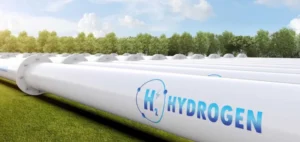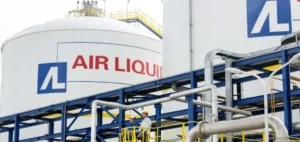Essar Energy Transition (EET) recently announced the development of EET Hydrogen Power, the first combined heat and power (CHP) plant powered entirely by hydrogen in Europe. The facility will be located at the Stanlow refinery in the UK, and should be operational by 2027. The project is part of a wider strategy to decarbonize the UK’s industry and energy system, in line with the government’s emissions reduction targets. Thanks to the government’s efforts, greenhouse gas emissions have fallen by 5.4% in 2023.
An Ambitious Project for Decarbonization
The EET Hydrogen Power project represents a major step forward in the energy transition. Once completed, the plant will replace Stanlow’s existing boiler units, providing up to 125 MW of power and 6,000 tonnes of steam per day, while reducing carbon dioxide emissions by 740,000 tonnes per year. This will make a significant contribution to the decarbonization of operations at the Stanlow refinery, which aims to reduce its total emissions by 95% by 2030.
Impact on industry and employment
EET Hydrogen Power will play a crucial role in the decarbonization plans of the HyNet industrial cluster, serving as a model for future industrial and energy decarbonization projects. In addition, this investment will support the growth of high-skilled employment in the North West of England, consolidating the region’s position as a center of clean energy innovation.
Investments and future prospects
This project is part of EET’s $3 billion energy transition initiatives in the North West of England. In addition to the hydrogen power plant, EET is also developing blue and green hydrogen production capacity of over 1.35 GW for the UK market, with a future ambition of 4 GW. Essar Energy Transition is committed to becoming a leader in low-carbon hydrogen production, while supporting the development of transport and storage infrastructure for biofuels and new energies.
The EET Hydrogen Power initiative demonstrates Essar Energy Transition’s commitment to positioning the UK at the forefront of low-carbon energy. By replacing hydrocarbons with hydrogen, this project represents a crucial step towards the decarbonization of carbon-intensive industries. The success of this plant could serve as a roadmap for other similar projects around the world, highlighting the potential of hydrogen technologies in the fight against climate change.





















